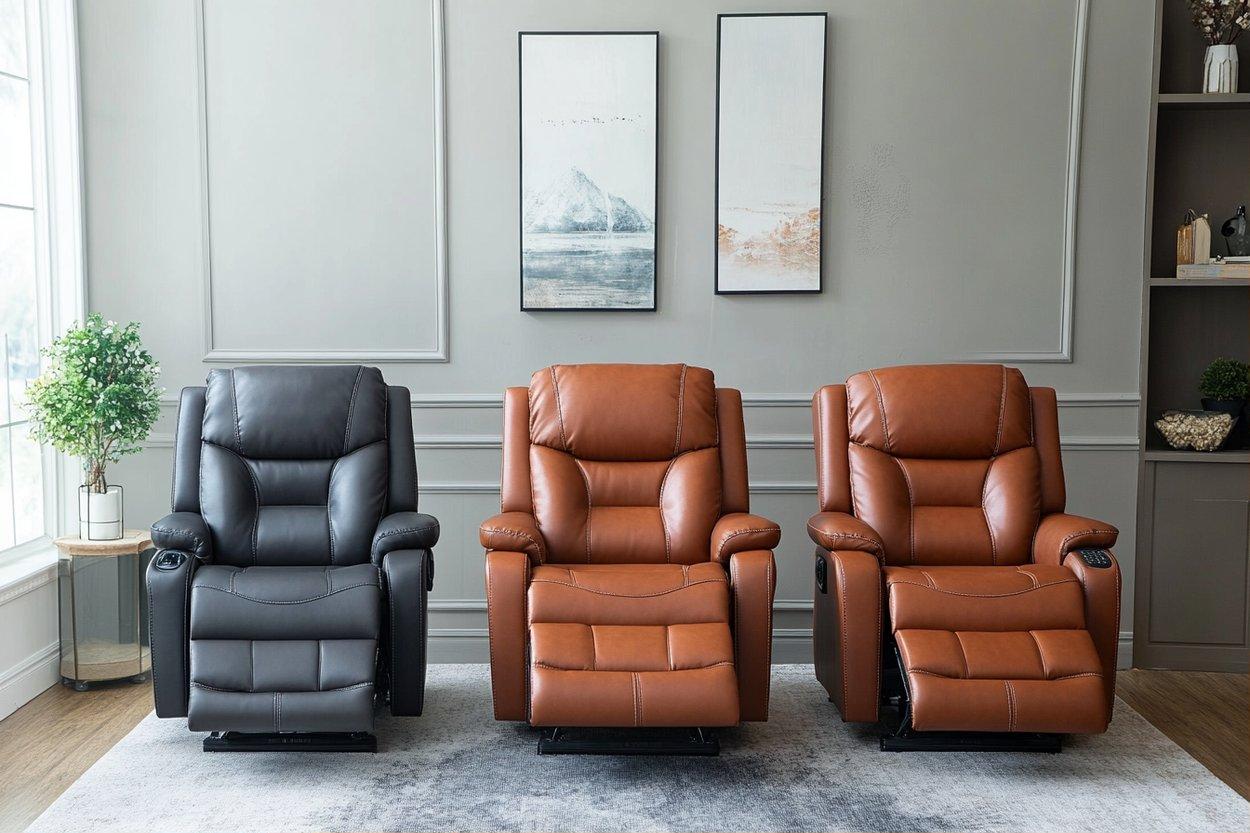Simple Ways to Learn About Home Decor
Home decor helps people make rooms look nice and feel comfortable. By learning about colors, furniture, and decorations, anyone can see how different items work together. Explore ideas for arranging furniture, choosing colors, and adding fun touches to make a home more interesting and welcoming.

Exploring Essential Home Decor Ideas for Beginners
The foundation of great home decor begins with understanding basic principles that guide design decisions. Start by observing spaces you find appealing, whether in magazines, friends’ homes, or public spaces like hotels and restaurants. Notice elements that attract your attention—is it the color palette, the furniture arrangement, or perhaps the lighting? Begin collecting images that resonate with your aesthetic preferences using digital platforms like Pinterest or Instagram. Creating a visual library helps identify patterns in your taste and provides direction for your own space. Additionally, experiment with small, low-commitment changes like rearranging accessories, adding plants, or incorporating new textiles before undertaking larger projects.
Interior Design Tips That Transform Spaces
Professional interior designers rely on fundamental principles that anyone can learn and apply. The rule of thirds, for instance, suggests dividing a space or wall into a 3x3 grid and placing focal elements along these lines or at their intersections. Scale and proportion are equally important—furniture should be proportionate to the room size, with larger pieces anchoring the space and smaller items adding character. Learning about layering textures creates visual interest through contrasting smooth surfaces with rougher elements. Lighting represents another crucial aspect of design, with professionals recommending three light sources per room: ambient (general illumination), task (functional lighting for specific activities), and accent lighting (highlighting architectural features or artwork).
Understanding Different Home Decoration Styles
Familiarizing yourself with established decoration styles provides a framework for developing your personal aesthetic. Traditional style embraces classic elements with symmetrical arrangements, rich color palettes, and ornate details. Contemporary design features clean lines, neutral colors, and minimal accessories with an emphasis on open space. Mid-century modern combines functional forms with organic shapes and remains highly influential in current design trends. Industrial style celebrates raw materials like exposed brick, metal fixtures, and reclaimed wood. Scandinavian design prioritizes simplicity, functionality, and light, neutral tones. Farmhouse style blends rustic charm with modern convenience through weathered finishes and comfortable furnishings. By studying these established styles, you can identify elements that appeal to you and incorporate them into a personalized approach.
Mastering Furniture Arrangement Guide Techniques
Furniture arrangement significantly impacts how people experience and move through a space. Begin by identifying the room’s focal point—whether an architectural feature like a fireplace or a designed element like a large piece of art. Create conversation areas with seating arranged to facilitate interaction, typically with pieces facing each other and within about eight feet to maintain comfortable conversation distance. Traffic flow should allow for easy movement through the room with paths approximately 30-36 inches wide. Consider the room’s function when deciding placement; for example, in living rooms, position seating within view of the television but arranged to encourage conversation. Experiment with different layouts using paper templates before moving heavy furniture, or try digital room planning tools that allow virtual rearrangement.
Selecting Color Schemes for Rooms
Color selection dramatically affects a space’s mood and perceived dimensions. The 60-30-10 rule provides a balanced approach: 60% dominant color (walls, large furniture), 30% secondary color (accent furniture, textiles), and 10% accent color (accessories, artwork). Understanding color psychology helps create desired atmospheres—blues and greens promote tranquility, yellows and oranges energize, while neutrals provide versatility. Color wheels illustrate relationships between hues, with complementary colors (opposite on the wheel) creating vibrant contrast and analogous colors (adjacent) offering harmonious combinations. When selecting room colors, consider natural light sources, room size (lighter colors expand, darker colors contract), and existing fixed elements like flooring or cabinetry.
Learning Resources for Home Decor Enthusiasts
Numerous resources exist for deepening your home decor knowledge, ranging from free to premium options. Many platforms offer specialized content targeting different learning styles and interests.
| Resource Type | Examples | Features | Cost Range |
|---|---|---|---|
| Online Courses | Udemy, Skillshare, MasterClass | Structured curriculum, instructor feedback, project-based learning | $15-$180 per course |
| Design Books | “Elements of Style” (Erin Gates), “Homebody” (Joanna Gaines) | In-depth theory, beautiful photography, timeless principles | $25-$50 per book |
| Digital Platforms | Pinterest, Houzz, Instagram | Visual inspiration, trend monitoring, community interaction | Free (premium features available) |
| Home Improvement Shows | HGTV programs, YouTube channels | Visual demonstrations, before/after transformations | Free-$15/month (streaming) |
| Workshops & Events | Local design centers, home goods stores | Hands-on experience, personalized advice, networking | $0-$100 per event |
Prices, rates, or cost estimates mentioned in this article are based on the latest available information but may change over time. Independent research is advised before making financial decisions.
Home decor learning extends beyond formal education to include practical experiences. Visit furniture showrooms and design centers to analyze room vignettes created by professionals. Attend local home tours or design events where you can see principles applied in real homes. Follow design blogs that break down the elements of successful spaces, often with detailed explanations of the designer’s thought process. Many interior designers also share valuable content through podcasts, offering insights into their approach and decision-making. These varied learning methods accommodate different schedules, budgets, and learning preferences.
Learning about home decor is a continuous journey that combines understanding fundamental principles with developing personal style. By utilizing available resources—from books and online platforms to hands-on experiences and professional guidance—anyone can develop the confidence to create beautiful, functional living spaces. The most effective approach often combines multiple learning methods, allowing theoretical knowledge to enhance practical application. As you explore various decorating styles and techniques, remember that the ultimate goal is creating a space that feels authentic to you and supports your lifestyle.




